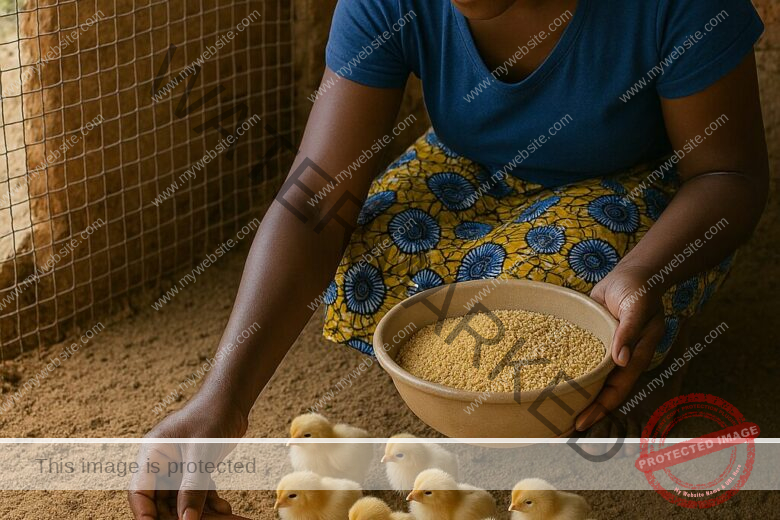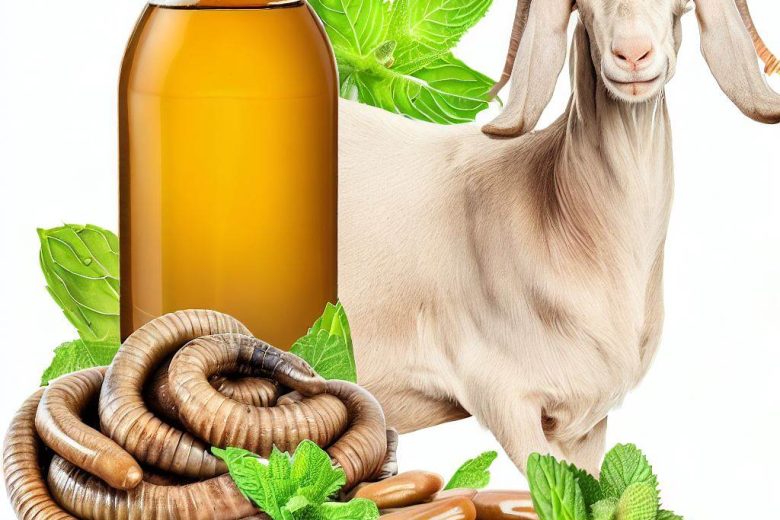In recent years, research demonstrated that the demand for snail meat all around the world rises by about 25% yearly, owing to the fact that many entrepreneurs are now going into commercial snail farming while some are into backyard snail farming.
So, if you are planning on how to start snail farming anywhere in South Africa and you need a guide on how to go about it, here in this guide, I have penned down important information that will be good for you as a beginner
Snail farming, professionally called “heliciculture” or “heliculture,” refers to the rearing of snails. This business business is one of the most lucrative and profitable livestock farming you can engage in South Africa
So in overview of what we are going to discuss here today, what then are the steps to snail farming as a beginner? You have to select a farming site, set up the snail farm, soil treatment, acquire your preferred snail breed, acquire snail feeds, stock your snails, do snail management, mulch, and harvest.
Snail Farming In South Africa Step By Step Guide
Snail farming activity in South Africa is increasing, and there has been an effort to improve the venture in the country. South Africans are beginning to show interest in the venture, which has brought it to the limelight.
Read Also: How To Start Ostrich Farming In South Africa [Beginners Guide]
Step 1: Select Farming Site
As basic requirements in choosing farmland for your snail, it will interest you to know that snail farms can be sited anywhere in South Africa. Snail Farm Unlike crop cultivation which requires you to carry out soil tests among many others before planting or citing your farmland, Snail Farm is similar to poultry farms which requires absolutely nothing big from you as a beginner. However, there are factors that you must consider while on your search for a location. They are:
Temperature
But you have to consider the temperature of the site location. The best weather condition under which snails can be reared is a mild climate between 15 °C and 25 °C with high humidity between 75% and 95%.
Read Also: 10 Profitable Animal Farming Business To Start In South Africa
Wind Level
Don’t go for a location that is too windy because snails like to retain moisture unless you will make provisions to stop the excess wind from reaching your snails. Note that the weather condition is a significant factor when choosing a snail farm site, so you have to consider the above weather range when searching for a location.
Read Also: How To Start Pig Farming In South Africa [Step By Step Guide]
Also, the farm site depends on the type you intend to build as the site may not necessarily be empty land; it can also be a compound house.
If you’ve got the location that suits you and meets the above requirements, if you have the resources, you can buy the land; if you don’t, you can rent.
Step 2: Set up the Snail Farm
Now that you have acquired your snail farm. It is time to set up the farm. You will have to buy some tools and equipment to set up the farm and make it fit for snail farming. Some of the farming tools you need to consider when setting up a snail farm are:
Construct a Snail Pen
A snail pen is where the farm the snails are kept and raised. Different types of snail pens are built in various designs and vary in size depending on your choice and financial strength.
Concrete Pen
This type of pen is built using concrete blocks. The pen can be dug to the ground or raised 40 to 50 cm above the ground.
Hutch Box
Another commonly used snail pen is the hutch box. This pen-type is designed in a square or rectangular shape, single or multi-chambered wooden boxes with lids. The lid is designed with wire netting or nylon mesh to cover the hutch box. Upon completion, hutch boxes can be inserted into the soil or allowed to stand independently.
Read Also: How To Start Fish Farming In South Africa {Beginners Guide PDF}
Free-range pen
This type of pen is the built-in semblance of snails’ natural habitat with vegetables planted and shades built on the farm. This is the best snail house to make if you are going into large-scale commercial production.
The dimension of the pens listed above depends on the number of snails stocked.
Get quality Soil
This is an essential step in snail farming. As you know, the soil is the natural habitat of snails where all of their activities take place including breeding, feeding, shelter, and so on. However, not every type of soil is suitable for snails.
The best soil for snail farming is the Loamy Soil. Because the soil is not too loose like the sandy soil and not too dense like the clay soil. Also, it contains components and chemical substances beneficial to snail survival.
Moist Maintenance System
As you continue to set up your snail farm, know that you have to find a way to maintain soil moisture because snails need damp environments.
To maintain soil moisture, use misting sprayers or any other suitable moisture-conserving system that best fits your snail pen during dry climates to maintain adequate humidity and moisture levels.
Step 3: Soil Treatment
Before you stock the snails, you must treat the soil in your snail pen. Soil treatment is a continuous activity. It would be best if you treated the ground every 6-months so the earth won’t be contaminated and to avoid spreading diseases.
Step 4: Acquire your Preferred Snail Breed
There are varieties of snail breeds in the market that you can purchase and farm, just as we have many mollusk families such as the Abalone, in which many people are also practicing abalone farming in South Africa today. The snail breeds vary in size, breeding cycles, and costs and have different tastes. It is best to choose your snail breed based on your target consumers or customers.
You should visit a snail farm that’s well-recognized to purchase your snail breed.
Read Also: How To Start Goat Farming Business In South Africa [Starter Kits]
Step 5: Acquire Snail Feeds
It would help if you also bought snail feeds. Snails are herbivores, meaning they feed on plants. It is best to give them vegetables or tender leaves and shoots; however, avoid feeding them with toxic or hairy plants. here is a guide on how you can start formulating snail feed in South Africa yourself and even sell for interested snail farmers around you.
Step 6: Stock your Snail
It is time to stock your snails on the farm (snail pen). The stocking density is dependent on the capacity of the snail farm. Avoid overstocking the snails into a pen but try to maintain adequate stocking.
Step 7: Snail Management
Stocking your snail is not the end; you must manage the snails to remain healthy and moisturized and keep predators such as millipedes, soldier ants, rats, etc., away from them.
That is why you must build a snail pen to protect your snails during the snail farm preparation phase. Also, watering and treating the soils, as well as removing dead snails and leftover foods to help keep the snails alive and healthy.
Step 8: Mulching
As in plant farming, mulching is an important activity that must be carried out in snail farming. Mulching should be done to help prevent moisture loss from the soil and the snails from cold.
The best way to mulch the soil is to use fresh/dried leaves or vegetable shreds to cover the top layer of the soil in pen.
Step 9: Harvesting
As you continue the activities of feeding, snail management, and mulching, these activities can significantly affect your snails’ activeness and feeding rate.
This means in time, their growth rate and weight increase, resulting in a quick harvest that will yield more income.
Typically, snails can be harvested between the ages of 7 months to 12 months depending on the breed and how well you feed and cater to them. Interestingly, snails can be harvested all year round.
For a further business study, here is a pdf guide to snail farming in South Africa.
Is Snail Farming Profitable In South Africa?
Yes, Snail farming is a profitable venture in South Africa. The business is not yet oversaturated, and it remains green in the country because there are just a handful of snail farmers in the country who are enjoying the benefits.
There is a high demand for snail products in South Africa, which has led to soaring demand for live snails for consumption, cosmetic products, animal feed, soil nutrient, and many more.
How Much Money Do You Need To Start A Snail Farm?
To start snail farming in South Africa, it will cost you at least Rs 500. Starting a snail farm can be capital demanding; however, compared to other livestock farming, the start-up capital for snail farming is relatively low.
The amount you can use to start your snail farm depend on your budget and the size of the snail farm you intend to begin n.
You can start small and expand and go into the large commercial scale to meet the market demand.
How Much Does A Snail Cost In South Africa?
Snail is consumed as food because it is a source of protein with low fat and cholesterol. However, it is one of the expensive meats to purchase.
Depending on the level of demand and the season, typically, snail farmers sell a single snail to restaurants at R3 each. At the same time, direct consumers buy a single snail at R8 each.
Where To Buy Snails For Farming
Acquiring snail breeds is an important activity in snail farming. You can visit an established snail farm to purchase your farm breed or any agro shop that sells snail breeds.
It is best to consult with an expert before finalizing the snail breed; you want to avoid making the wrong choice that will affect the yield in the long run.
Where to Buy Snails in South Africa
As a consumer or business, depending on the snail breed you intend to buy, you can visit the marketplace and locate any snail shop to purchase your snail. You can as well go directly to the snail farm.
Snail Price per kg South Africa
Snail prices per kg in South Africa vary depending on the season, location, and type (live or processed).
You should visit a snail shop or farm in your area to find out the ideal cost of a snail per kg.
Conclusion
This is the much we can discuss snail farming in South Africa. Snail farming is a lucrative enterprise, and it remains green because there are few snail farmers in the country. You can begin your snail farm today by following the guide above from beginning to end to be among the few farmers enjoying the benefits of snail farming in South Africa.





I am highly interested in a snail-farming venture and wish to learn from the best in the industry. If you are available to share your knowledge and past experiences with a new beginner please send me your contact details so that we can chat and possibly meet to discuss this wonderful opportunity.
Hi we are interested in snail farming n would like to sell snail products in our area please help with guidelines
Where is your current location, and also, I have provided you with step by step guide in this guide, if there are further clarification you needed, kindly state the area and I will do justice to it.
thanks